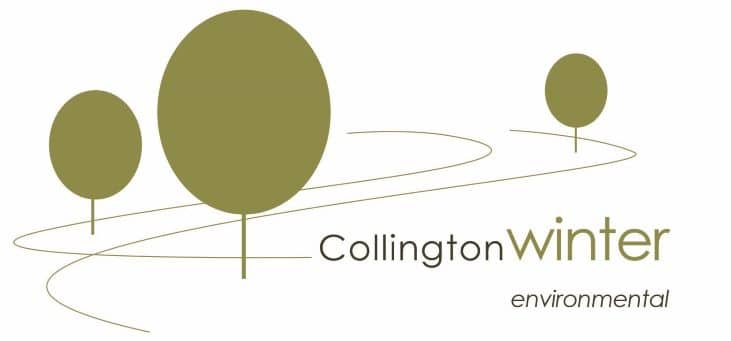Barn Owl Report for Planning and Development
In recent years, there has been a significant decline in the population of barn owls across the UK, primarily due to the decreasing availability of suitable nesting habitats. While multiple factors contribute to this decline, human activities, particularly land development and property construction, stand out as the main cause.
Developers undertaking planning work that may impact barn owls or their roost sites are required to demonstrate consideration for them by instructing an ecologist to conduct a barn owl survey for a barn owl report.
What happens as part of a barn owl survey?
Barn owl surveys typically involve various methods, including:
- Visual surveys: Observers search for barn owls during nocturnal surveys using spotlights or thermal imaging equipment.
- Acoustic surveys: Listening for the distinctive calls and vocalisations of barn owls using audio recording devices.
- Nest box monitoring: Installing breeding bird nest boxes in suitable habitats and monitoring them for signs of barn owl occupancy, including nesting activity, pellet accumulation, and nest debris.
- Nest site surveys: Identifying potential barn owl nesting sites used by barn owls during the day, such as barns, hollow trees, or abandoned buildings.
What is a barn owl report?
A barn owl report is a document prepared by an ecologist after conducting a barn owl survey. The report typically includes detailed information such as the location and number of barn owl sightings, nesting sites, roosting locations, and the condition of the habitat.
It may also provide recommendations for conservation or mitigation measures to protect barn owls and their habitats, especially in areas where development or land management activities are planned. These reports are often required by local planning authorities to ensure compliance with wildlife protection laws and to inform decision-making processes.
If a barn owl report indicates that a development project may affect barn owls in the area, local planning authorities may delay the project’s planning permission process until necessary mitigation measures are undertaken.
Why are barn owl reports important?
As a response to the impact on UK barn owl populations, legislation was altered to integrate them into key policies, recognising them as one among several protected species. Specifically, the Wildlife and Countryside Act 1981 ensures that it is illegal to intentionally kill, capture, or harm barn owls. Also, barn owl nesting sites are safeguarded under this law, making it prohibited to damage or destroy these sites.
Failure to comply with these regulations can result in legal consequences and projects delays. Therefore, barn owl reports provide vital information to ensure that development projects meet these regulations. This information is also crucial for barn owl conservation efforts in the area.
How can Collington Winter assist?
Collington Winter Environmental are a team of ecological consultants with extensive experience in undertaking barn owl surveys for barn owl reports on all types of development projects. Our Ecology Director, Olivia Collington, holds a Natural England licence, and has worked with protected species across the UK.
Please get in touch with our Ecology Director Olivia Collington via email at info@collingtonwinter.co.uk for more information on protected species surveys. We also provide preliminary ecological appraisal and assessment services.
Contact Us
Registered Address
23 Bark Street East, 1st Floor, Bolton, BL1 2BQ
Cambridge Office
Future Business Centre, Cambridge Campus, Kings Hedges Road, Cambridge, CB4 2HY
Telephone
Head Office: 01204 939 608
Dumfries Office: 01387 378208

